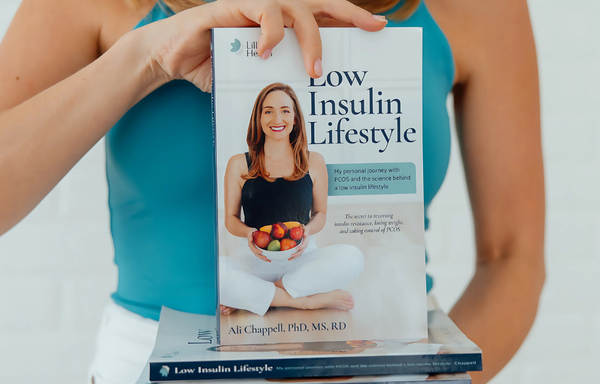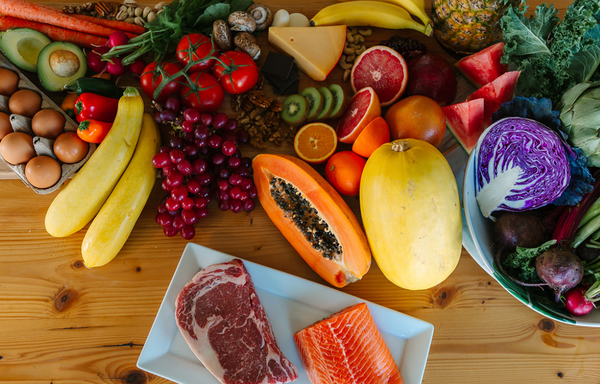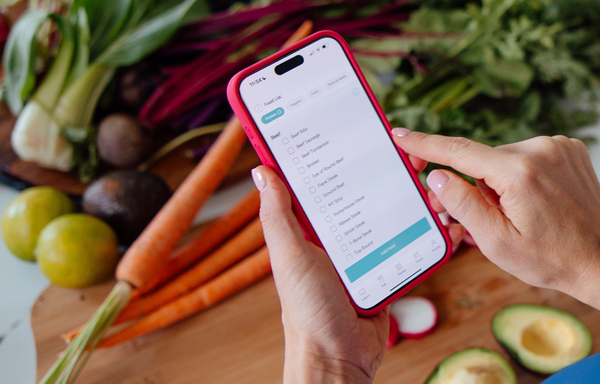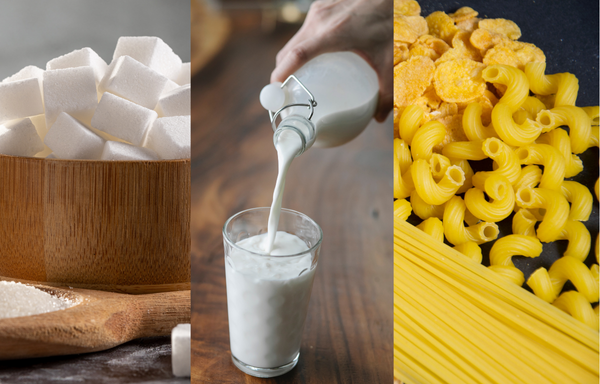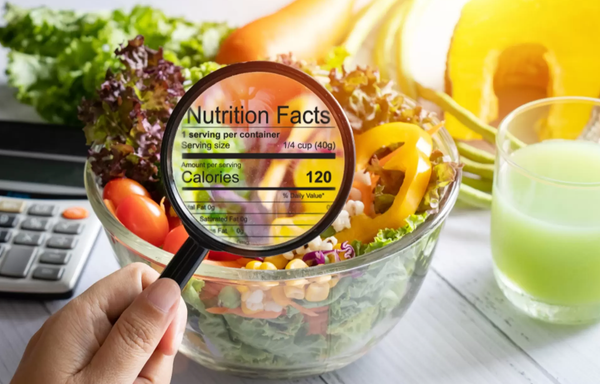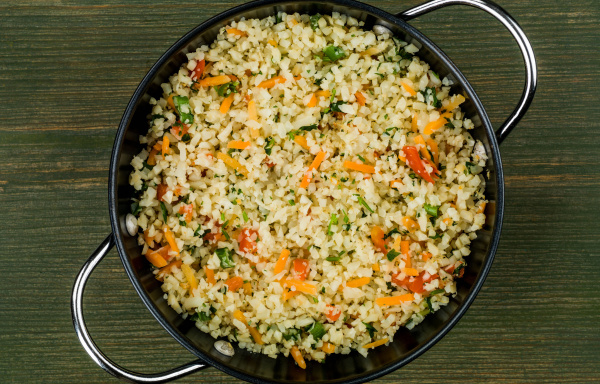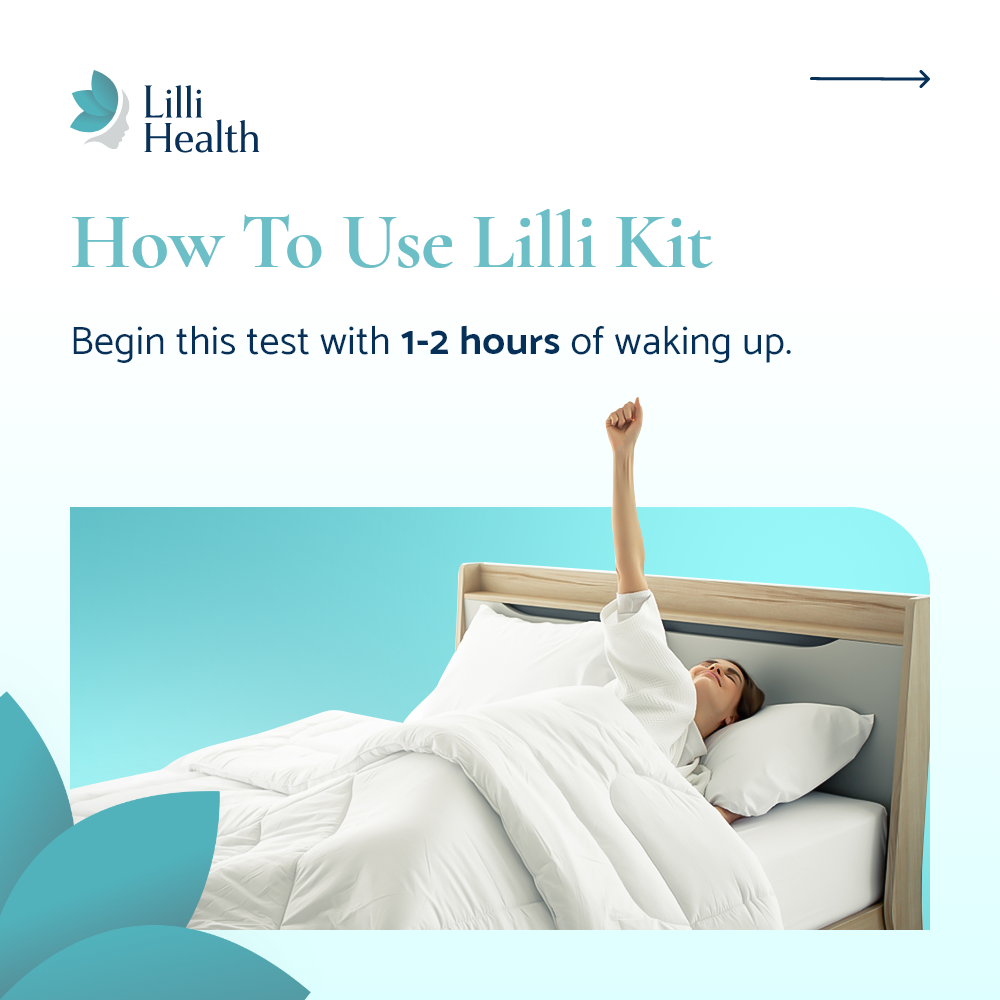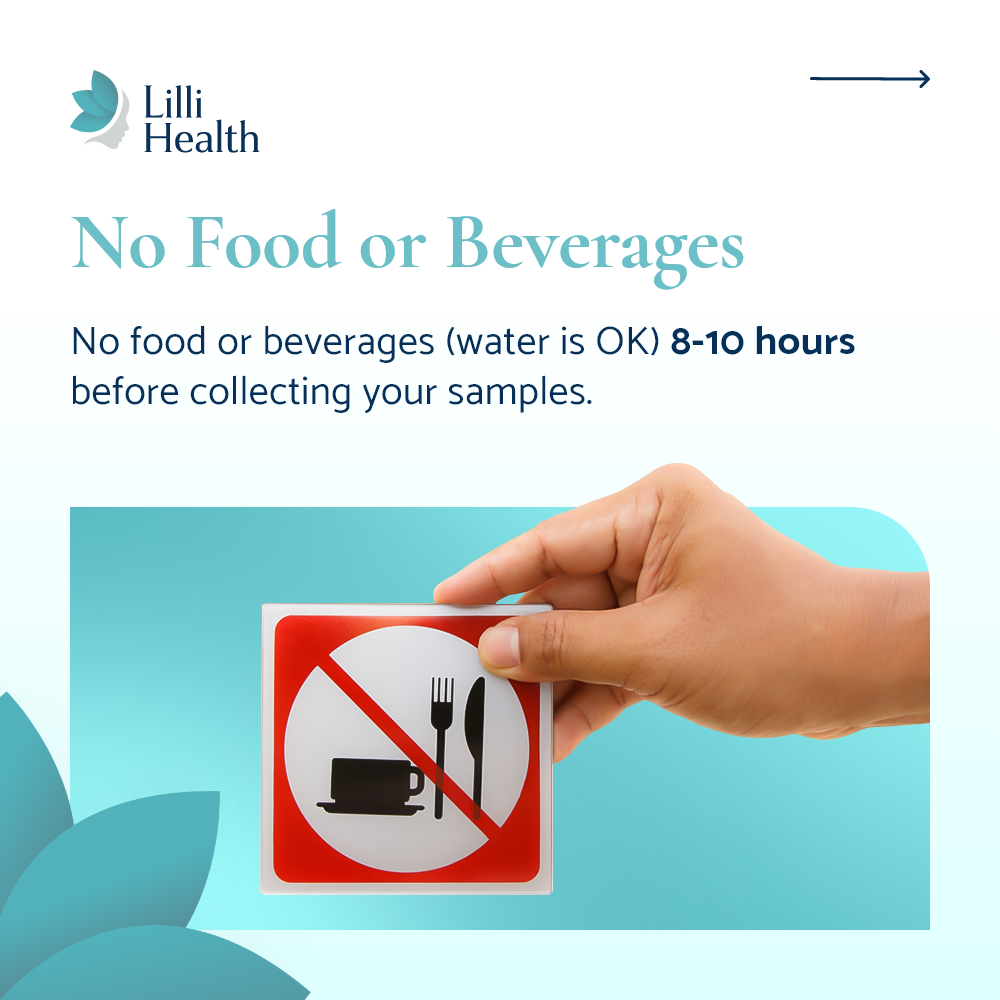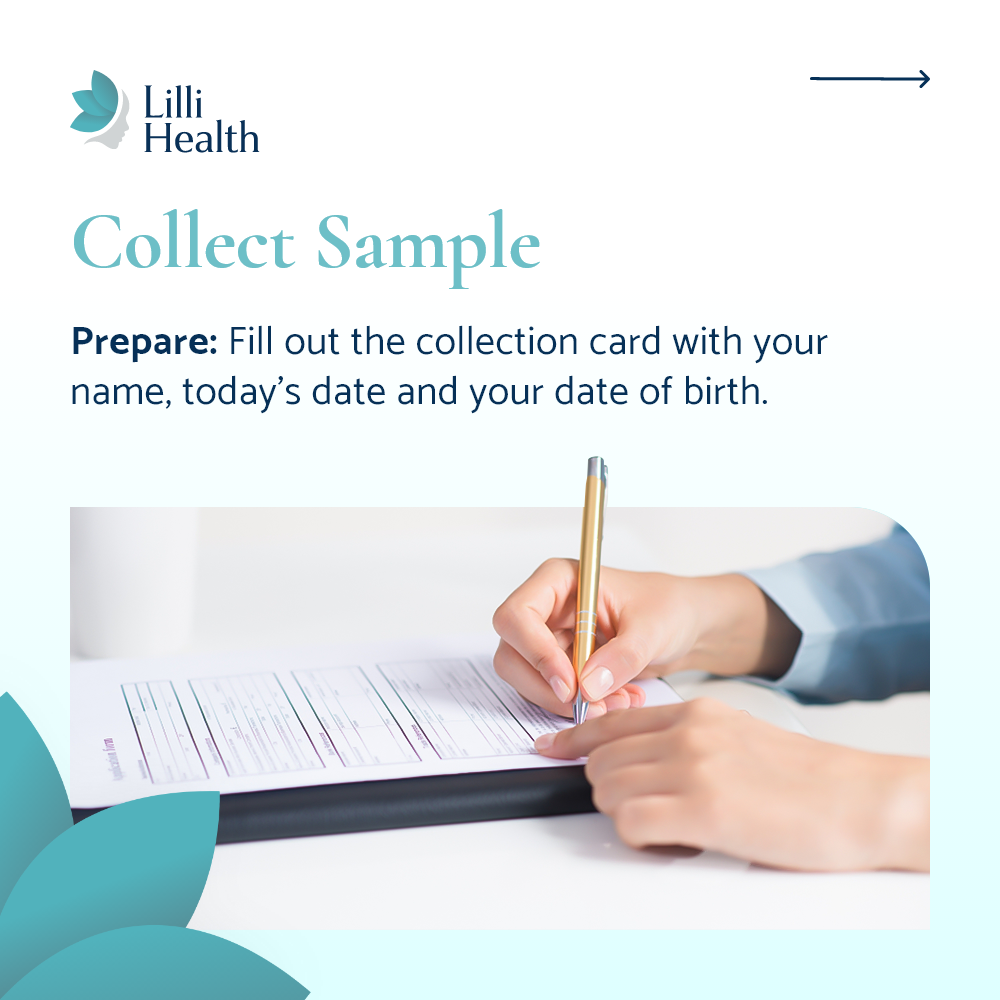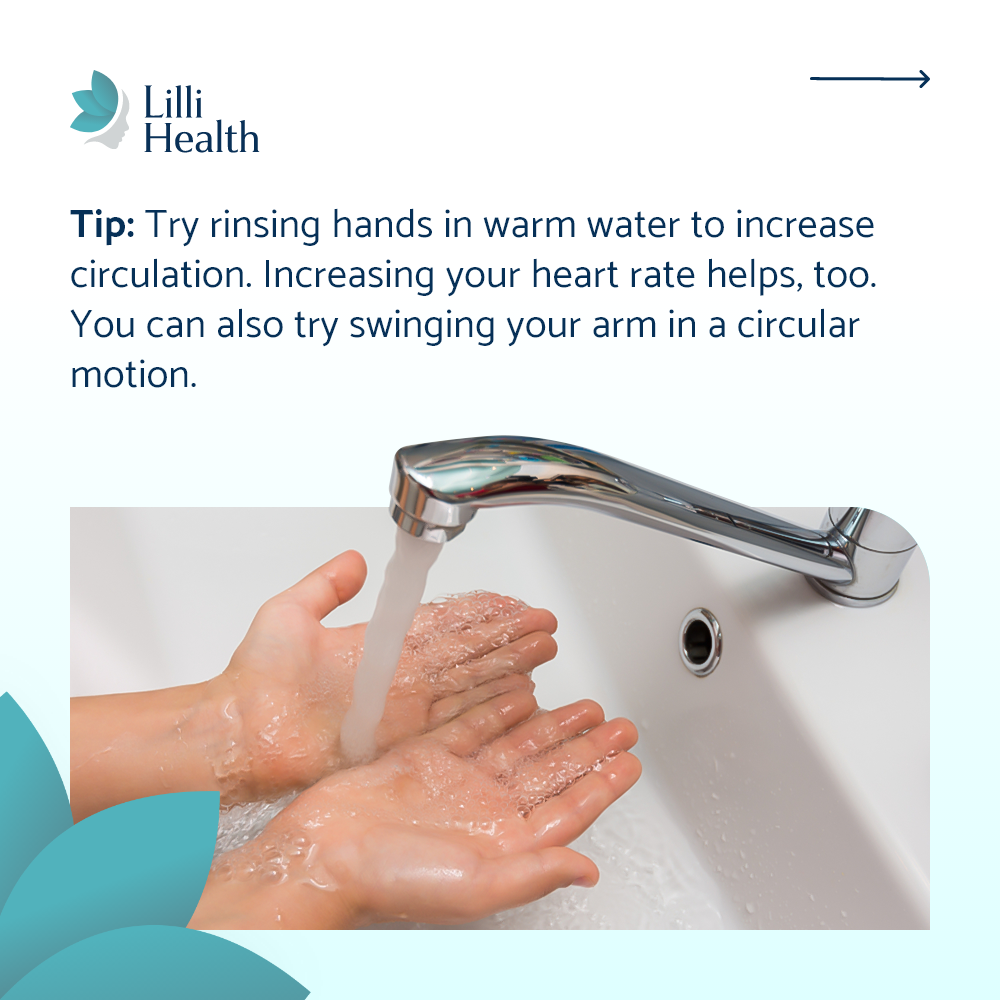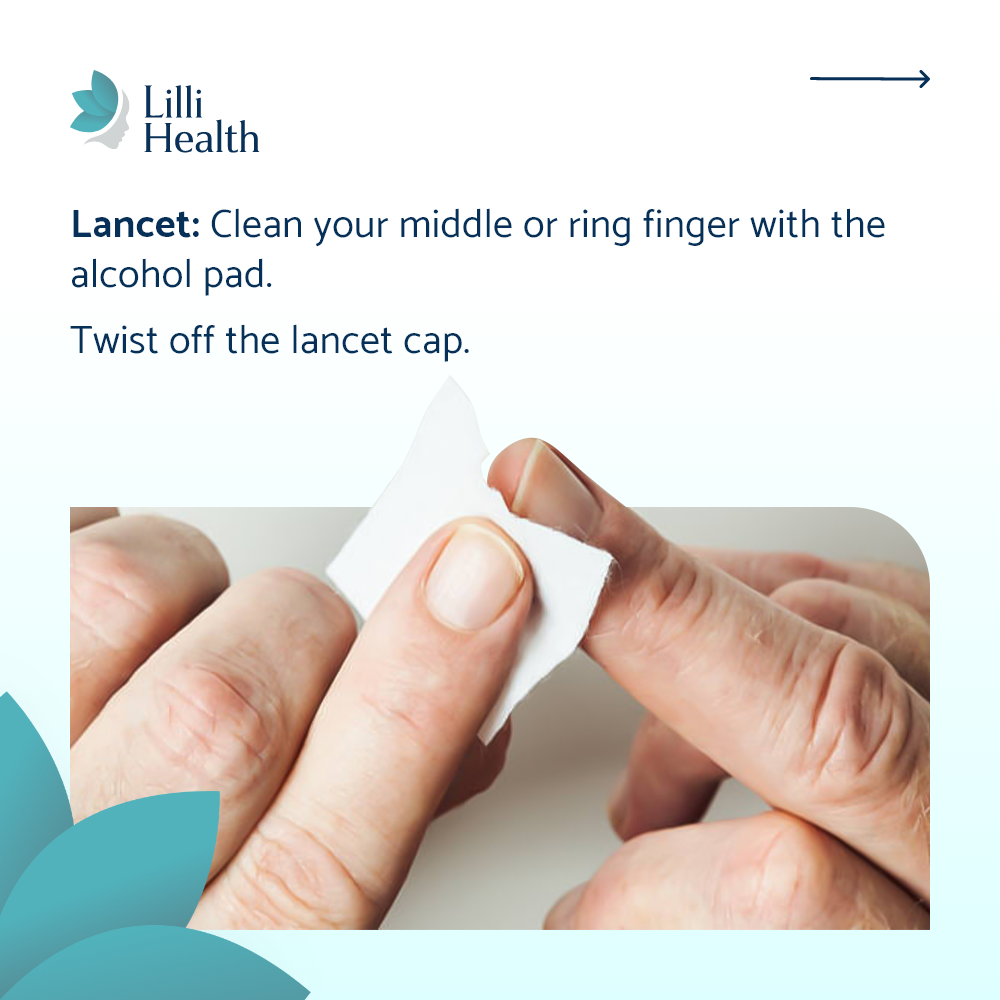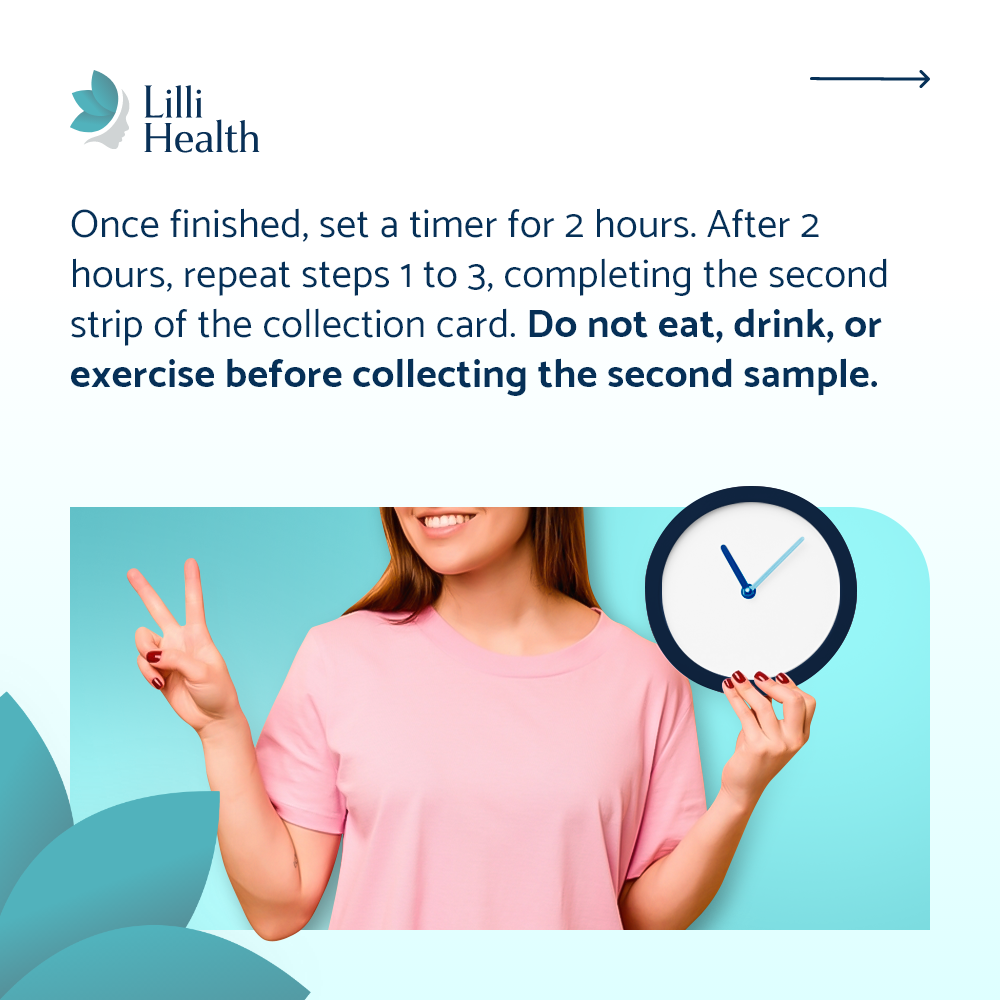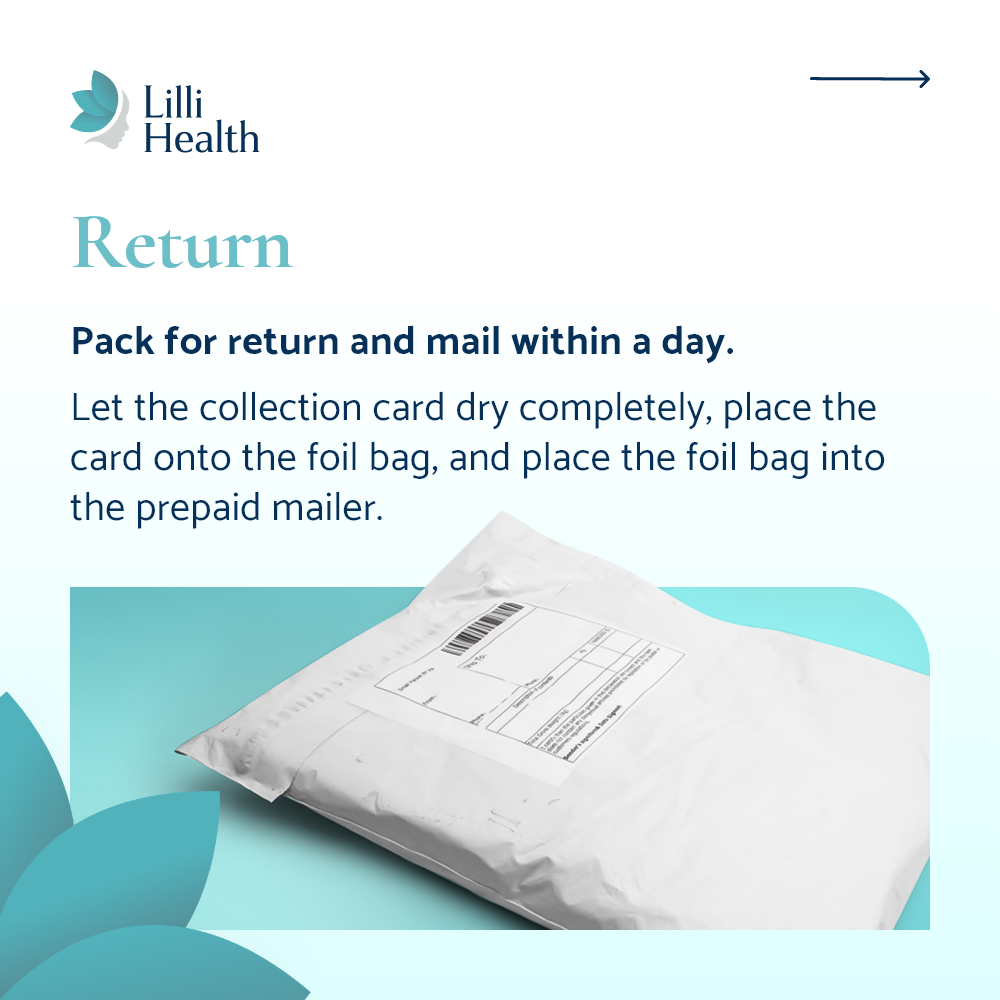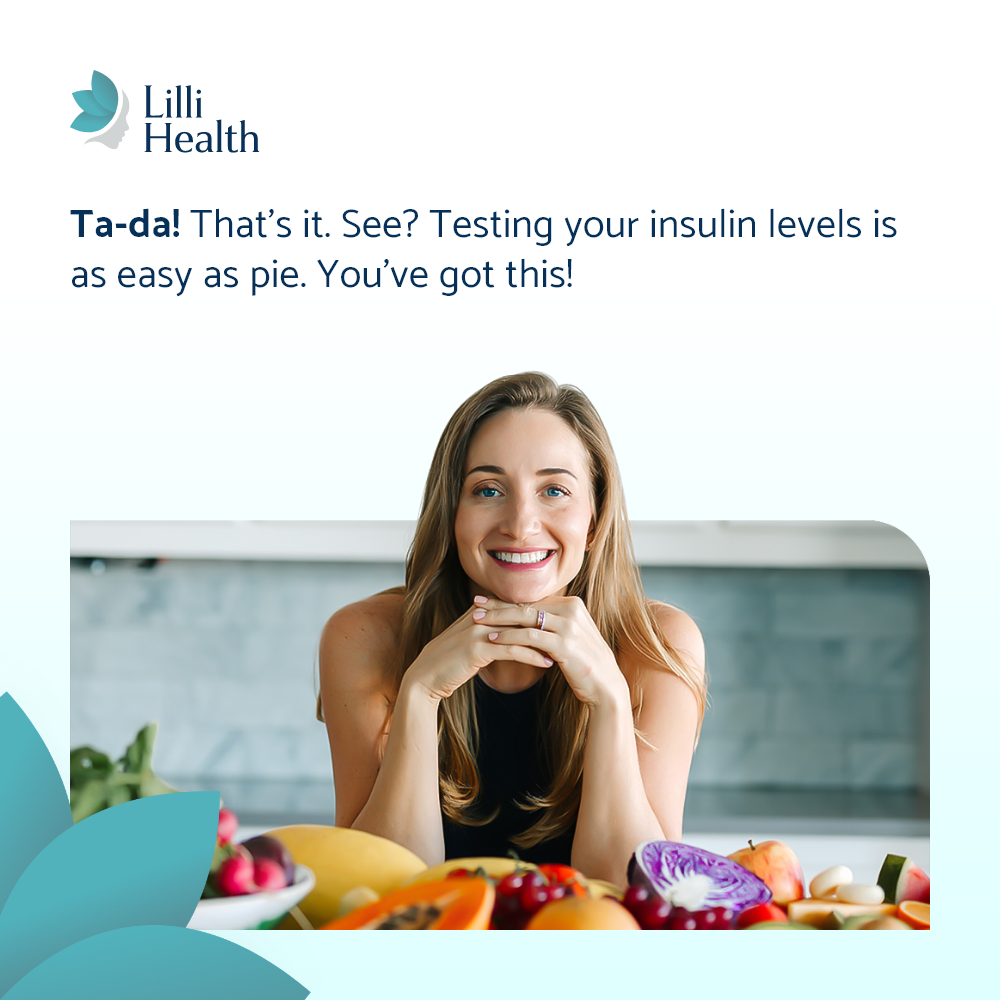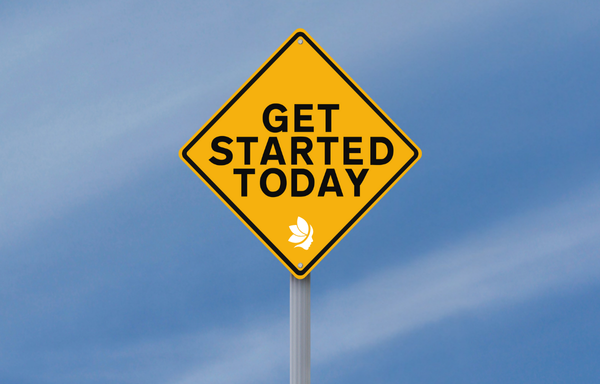

5 Tips for Getting Started on a Low Insulin Lifestyle
Starting something new can feel overwhelming, especially when it comes to changing how you eat. But here’s the thing—you don’t have to be perfect from day one. This lifestyle is about progress, not perfection. The goal is to lower insulin levels and let your body finally function the way it was meant to. If you take it one step at a time, you’ll be amazed at how quickly it starts to feel effortless.
Here are five simple tips to help you get started.
1. Go Meal by Meal
If changing everything at once feels like too much, start with breakfast. Make sure your first meal of the day is completely Lilli-approved. Once that feels easy, move on to snacks, then lunch, and finally dinner.
For some people, jumping in 100% works best. But for others, a gradual approach makes it sustainable. Do what works for you!
2. Make Sure You’re Eating Enough
This is one of the biggest mistakes I see—not eating enough.
In the beginning, you might feel like you’re eating more than usual, and that’s okay. You should truly never be hungry because you’ll be eating plenty of fiber, protein, and healthy fats.
Try to eat enough at meals so that you don’t need snacks. Snacks are fine, but your goal is to feel full and satisfied from your meals. Don’t stress about portion sizes right away—focus on food quality first.
Once your insulin levels drop, your hunger cues will naturally regulate and you will be less hungry overall. But at the start, focus on eating enough of the right foods so you’re never reaching for whatever’s available out of desperation.
3. Be Careful with Too Much Exercise
More exercise isn’t always better. If you’re used to intense cardio workouts, you might need to dial it back for a while. Until your body adjusts to using fat for energy, all that exercise will keep demanding more glucose—and your brain will respond by making you hungry for carbs and sugar.
Instead, focus on:
- Walking – The best exercise for lowering insulin.
- Resistance training – Helps build muscle without spiking cortisol.
- Yoga, barre, Pilates – Great for movement without excess stress on the body.
Walking is the most important thing you can do. If you can make it a daily habit, you’ll see huge benefits over time.
4. Plan for Your Sweet Tooth
Your sugar cravings will go away, but in the beginning, have a plan.
Make a few Lilli-approved desserts ahead of time so you’re not caught off guard when cravings hit. Having something on hand will help you stay on track without feeling deprived.
This phase doesn’t last forever. Once insulin levels drop, you’ll notice you don’t even want sugar the way you used to.
5. What Are You Putting in Your Coffee?
If you take your coffee black, great! If not, you need to be careful. Most store-bought creamers, even the ones labeled as “healthy” or “sugar-free,” are highly processed and can spike insulin levels. Your best bets are Nutpod creamers (read labels as come varieties have sugar), a small amount of heavy cream (less than 1 Tbsp), full-fat coconut milk, or unsweetened almond milk. If you must sweeten, use a Lilli-approved sweetener. Make the switch—it’s worth it.
Also, remember that high-quality coffee naturally tastes better. With all the money you’re saving by skipping sugary creamers and mocha frappuccinos, consider investing in a better brew—you might find you don’t need all the extras.
Final Thoughts
This lifestyle isn’t about restriction—it’s about giving your body what it actually needs.
If you take it one step at a time, make sure you’re eating enough, avoid over-exercising, and plan ahead for cravings, you’ll feel the difference fast. And if you choose to splurge, enjoy it, move on, and don’t look back. If you need a little guidance, check out my Bounce Back Blueprint for tips to get back on track.
Most importantly—give yourself grace. This isn’t about being perfect. It’s about learning how to work with your body instead of against it. You’ve got this!
